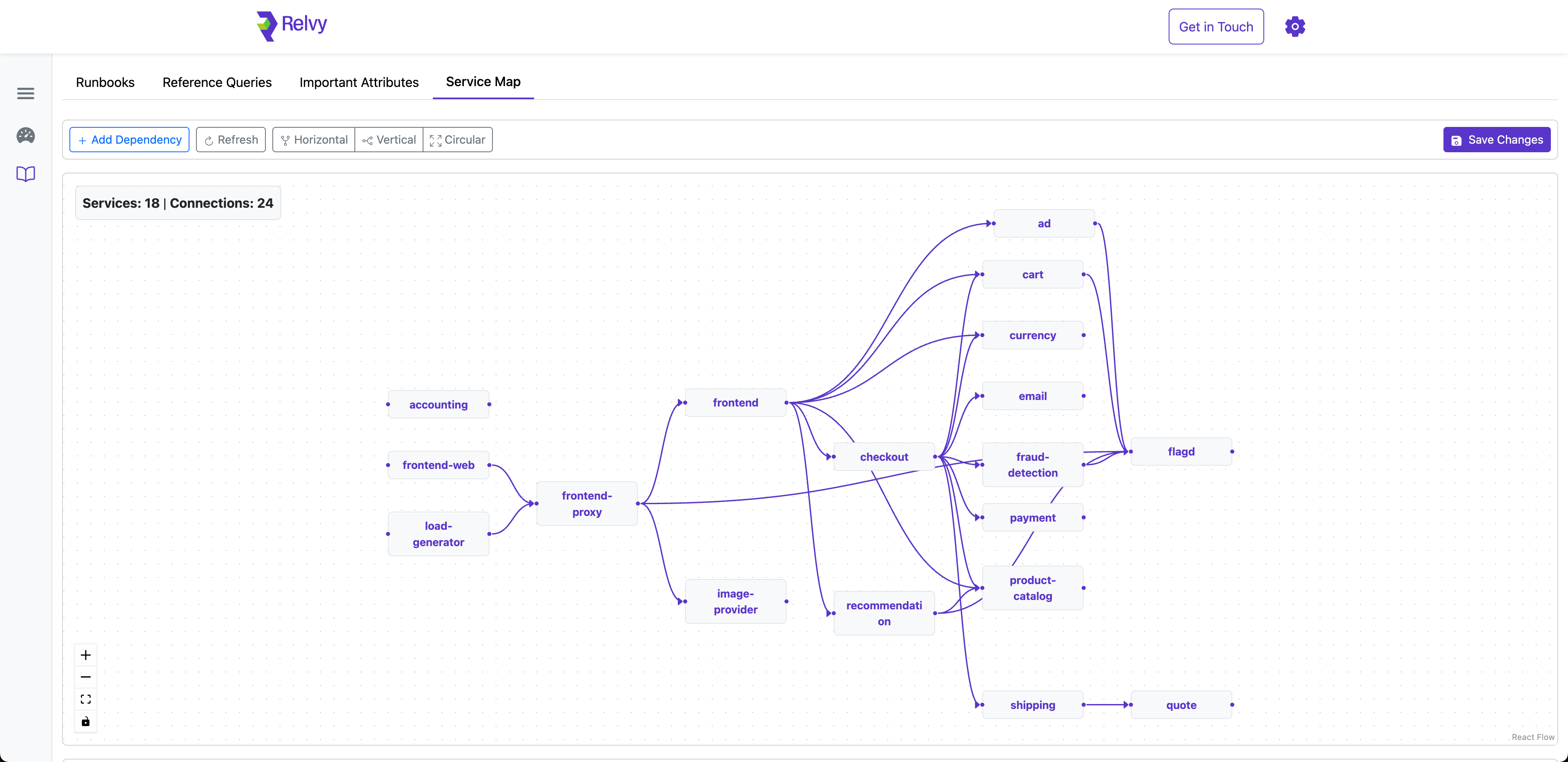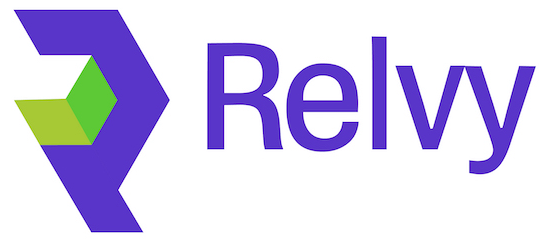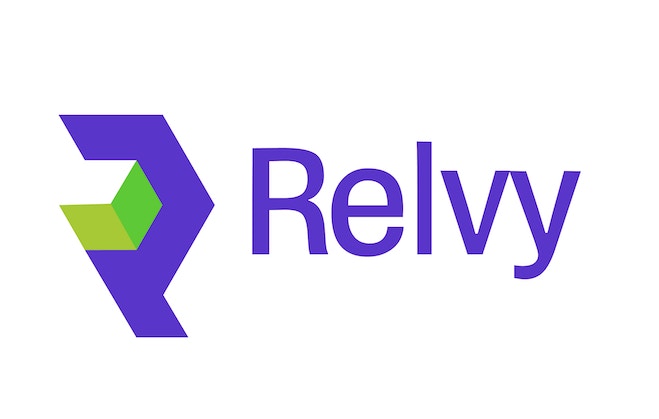Define Service Dependencies
Understanding how services interact with each other is critical during incident investigation. In Relvy, the Service Dependency Graph allows you to define and visualize the relationships between different services in your system.What Is the Service Dependency Graph?
The Service Dependency Graph is a visual representation of how your microservices or system components interact. It helps Relvy:- Map the flow of requests and data between services.
- Determine the blast radius of incidents.
- Prioritize debugging steps based on upstream/downstream dependencies.
Automatic Discovery from Datadog APM
If Datadog is connected and APM (Application Performance Monitoring) data is available, Relvy will automatically discover service dependencies from Datadog. This provides you with an accurate, real-time view of service interactions without any manual configuration.
Editing the Dependency Graph
You can edit the graph manually to reflect custom logic or services not captured automatically.To Add a New Dependency:
- Open the Service Map tab in the Discovery section.
- Click the Add Dependency button.
- Select a Source Service and a Destination Service from the dropdown menus.
- This defines a directional edge, meaning: “Service A depends on Service B.”
- The graph will update visually, and the new edge will be saved.
To Modify or Remove Dependencies:
- Click on an existing edge or node to reveal editing options.
- You can delete dependencies or update their direction and definition as needed.
Benefits for Incident Investigation
With a properly configured Service Dependency Graph:- Root Cause Analysis: Quickly identify which upstream services might be causing issues in a dependent service.
- Impact Assessment: Understand which downstream services might be affected by an incident in a particular service.
- Investigation Prioritization: When multiple services show issues, focus first on those that are most central or have the most dependents.
- Communication: Clearly communicate to stakeholders which parts of the system are affected and why.

